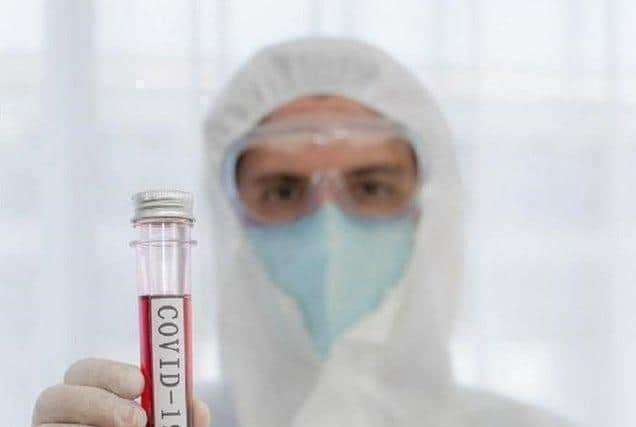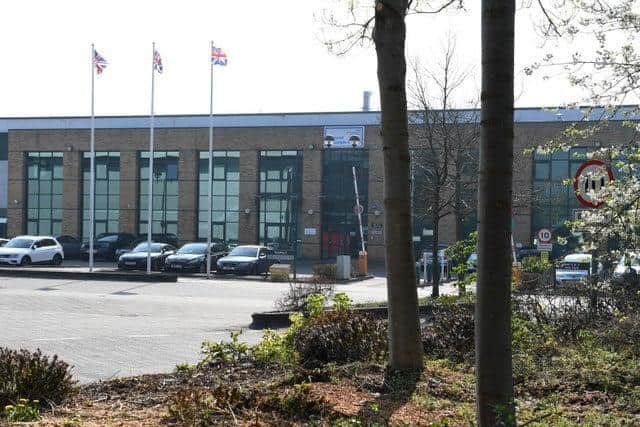New Covid strain that sparked Tier 4 was first identified in Milton Keynes EIGHT weeks ago
and live on Freeview channel 276
Online records suggest it was discovered in the government's Lighthouse Lab as far back as September 20.
But the swab test showing the new strain, which is officially called VUI – 202012/01, is actually believed to have came from somebody who lived in Kent.
Advertisement
Hide AdAdvertisement
Hide AdThe MK lab is on an industrial estate on Tilbrook, between Browns Woods and Caldecote. It tests tens of thousands of samples a day and is one of a network of similar labs from testing centres throughout the UK.


Health secretary Matt Hancock announced the new strain's existence on Monday last week, saying it was increasing at a much greater rate than any other strain.
On Saturday, Milton Keynes, London and the rest of the South East was placed in Tier 4 lockdown, with the government revealing the strain was up to 70 per cent more transmissible.
But experts believe it is not more harmful than the known coronavirus, saying there is no current evidence to suggest it causes a higher mortality rate or that it affects vaccines and treatments.
Advertisement
Hide AdAdvertisement
Hide AdA government spokesman said: "We know that mutations in the spike protein, the part of the virus that makes it infectious, can change how the virus interacts with human cells. However, we do not yet know the mechanism for this increase in transmission.


"The evidence shows that infection rates in geographical areas where this particular strain has been circulating have increased faster than expected, and the modelling evidence has demonstrated that this variant has a higher transmission rate than other variants in current circulation.
"Backwards tracing using the genetic evidence suggests this variant emerged in September 2020 and then circulated at very low levels in the population until mid-November. The increase in cases linked to the new variant first came to light in late November when PHE was investigating why infection rates in Kent were not falling despite national restrictions. We then discovered a cluster linked to this variant spreading rapidly into London and Essex."